When were balloons first used for parties?
Feeling your party planning hit a wall? Are you looking for ways to really make your next event pop? Discover the surprising origin of party balloons and how they became crucial for celebrations of all sizes.
The very first balloons were not for parties, but for scientific use1. They were invented in the early 19th century as tools for meteorology2. Their use for festive occasions came about gradually after initial scientific applications were explored.
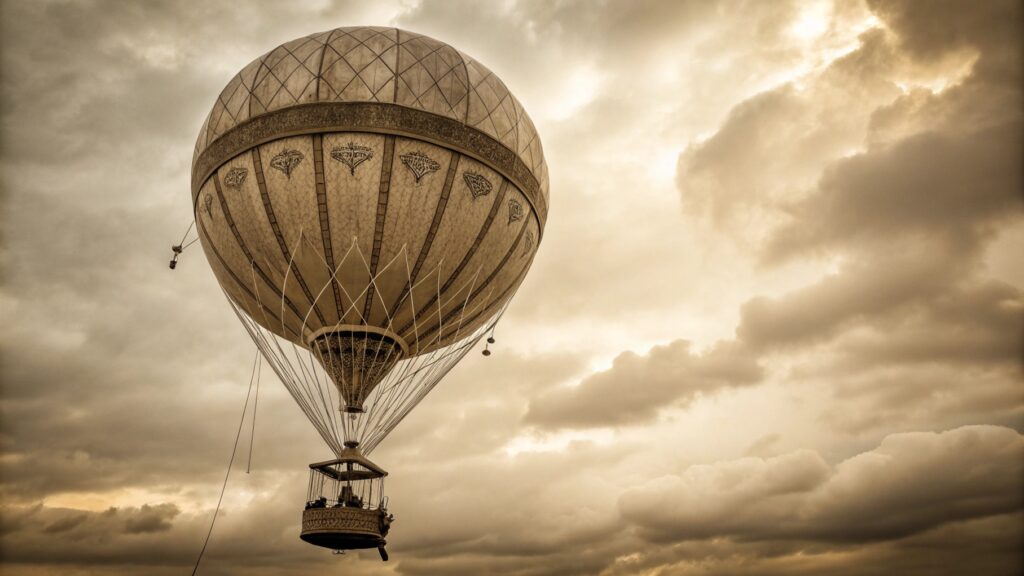
As someone in the balloon industry, I am fascinated by where we came from. It's truly amazing to see how something designed for science can become a symbol of joy. I have found the journey of the party balloon is a tale of innovation meeting celebration.
What was the origin of balloons at celebrations?
Do you ever wonder how something so simple became so central to our celebrations? It began not with décor in mind, but with pure scientific curiosity3. Let's dig into how these early inventions transformed into our festive companions.
The initial use of balloons in celebrations followed their scientific debut. Early demonstrations of lighter-than-air flight4 by hydrogen balloons5 quickly captivated the public. These public displays hinted at the balloons' future potential beyond just scientific research.
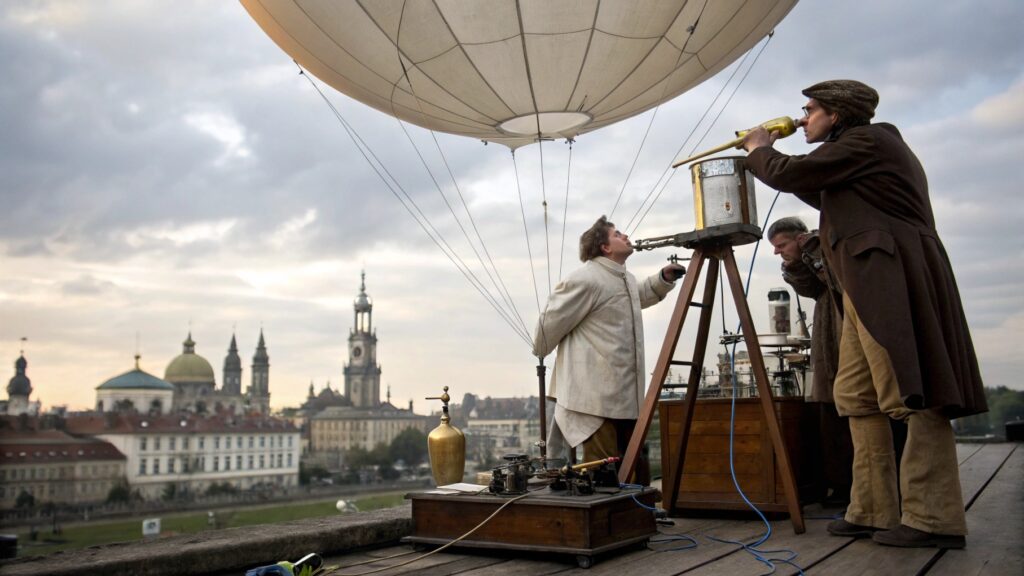
The very first balloons were not for fun. They were for serious work. These early balloons were made for science. My team and I understand this drive for precision. We always ensure our balloons meet high standards. It is important for us because safety is key. Back then, scientists used balloons to study the weather. They wanted to learn about the atmosphere. This was a big step for science. But people saw these flying objects and thought of other things. They saw the wonder. They saw the magic. This feeling made balloons become symbols of celebration. It was a slow change. It was not planned at first. The public loved seeing balloons fly. They gathered to watch. This made balloons popular. It was a new kind of entertainment. This is how balloons started their journey from lab to party.
| Aspect | Scientific Use (Early 1800s) | Festive Use (Mid-1800s Onwards) |
|---|---|---|
| Purpose | Weather observation, atmospheric study | Entertainment, decoration, spectacle |
| Materials | Treated silk, paper, animal bladders | Rubber, vulcanized rubber, synthetic materials |
| Gases Used | Hot air, hydrogen | Hydrogen, later helium |
| Audience | Scientists, academia | General public, party-goers |
| Impact | Advanced meteorology, aviation | Enhanced celebrations, cultural icon6 |
Who invented the use of balloons for festive occasions?
Are you curious about the brilliant mind who first thought of using balloons for fun? No single person woke up and decided to make balloons a party staple. This innovation came about through a mix of scientific discovery7 and public fascination.
Charles Goodyear's vulcanization8 of rubber in 1839 was key. This invention allowed for the creation of much more flexible and durable rubber balloons. These new balloons were cheap to make. They were also easy to inflate. This made them ideal for widespread use at parties.
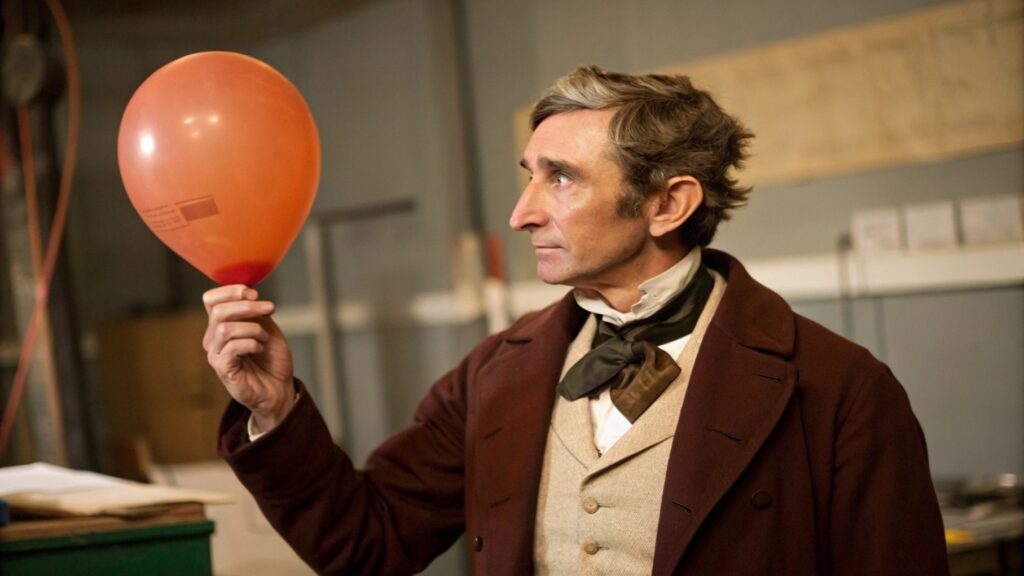
It is important to understand the role of key inventions. For me, quality and innovation are very important. We at AIHUA BALLOON always look for the best materials. This attention to detail is like Goodyear's contribution. His rubber balloons were a game-changer. Before this, balloons were delicate. They were expensive. They were for special scientific tests. They were not for throwing around at a party. But Goodyear made rubber balloons. These could be mass-produced. They were also strong. They stretched well. This made them perfect for parties. They were cheap enough for everyone. This invention opened the door. It allowed balloons to move from science tools to party supplies. People began to see balloons everywhere. They saw them at fairs. They saw them at parades. Balloons became part of public life. This was not the work of one person. It was a shared journey. Many people saw the potential. They adapted the balloons for fun.
| Inventor/Contribution | Year | Impact on Festive Use |
|---|---|---|
| Jacques Charles | 1783 | Invented hydrogen balloons; proved lighter-than-air flight |
| Michael Faraday | 1824 | Created first rubber balloons for experiments |
| Charles Goodyear | 1839 | Vulcanized rubber; made durable balloons possible |
| J.G. Ingram | 1847 | Began mass production of rubber toy balloons |
How did party balloons become popular?
Have you ever wondered how balloons became so essential for celebrations? It wasn't an overnight sensation. The journey from scientific curiosity to party staple involved several key steps, fueled by both innovation and public excitement.
The popularity of party balloons grew as production methods improved. Cheaper and more durable rubber balloons became widely available after the mid-19th century. This made them affordable for everyone. Their bright colors and ability to float added a new element of fun and wonder to events. This led to their widespread adoption.
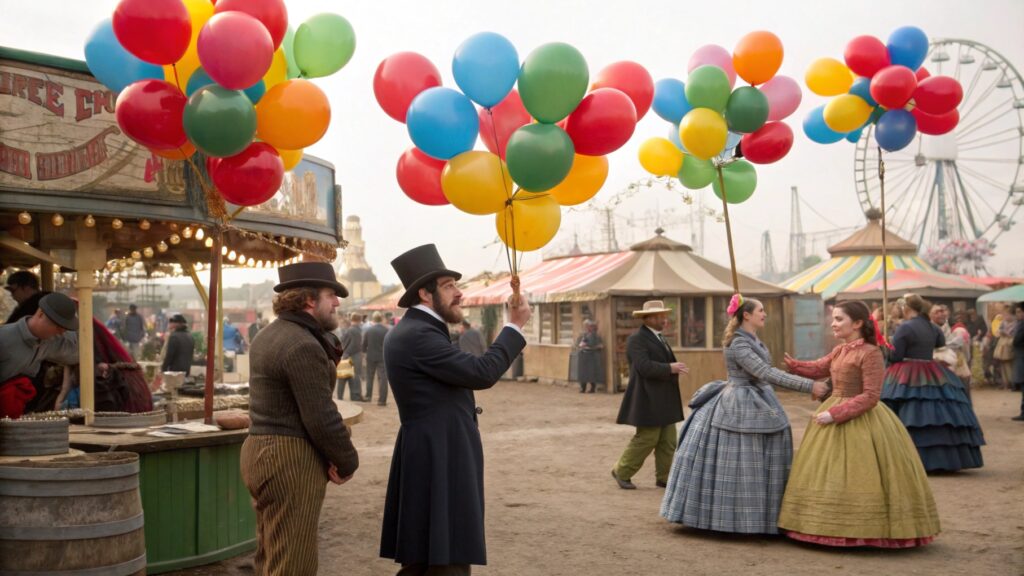
For us at AIHUA BALLOON, keeping up with production and quality is vital. Just like back then, making balloons accessible drives their popularity. Early balloons were handmade. They were very fragile. Only rich people could buy them. They were not for everyone. But then came new ways to make them. Machines helped to make many balloons fast. This meant balloons became cheaper. They were also stronger. My team and I understand this drive for efficiency. We aim to produce high-quality balloons efficiently. We focus on meeting global safety standards. This ensures our products are available and reliable. As balloons became affordable, more people bought them. They used them for birthdays. They used them for weddings. They saw them as a fun decoration. Their bright colors attracted attention. They looked festive. They created a joyful mood. This made balloons very popular. They were no longer just for science. They were for parties of all kinds.
| Factor | Description | Impact on Popularity |
|---|---|---|
| Material Innovation9 | Vulcanized rubber made balloons durable and affordable. | Allowed mass production, making balloons accessible to all. |
| Mass Production | Factories could produce balloons quickly and cheaply. | Lowered prices, increased availability, widespread distribution. |
| Visual Appeal10 | Bright colors and ability to float created festive atmosphere. | Became a desirable decoration for celebrations. |
| Cultural Integration11 | Featured in advertisements, circuses, and public events. | Solidified their place as a symbol of joy and celebration. |
| Safety Improvements | Transition from hydrogen to safer helium gas. | Reduced risks, increasing public trust and acceptance. |
Where were balloons initially incorporated into parties?
Do you ever think about where the first party balloons actually popped up? It probably wasn't at a fancy palace party. Early adoption of balloons for celebrations happened in public, informal settings, not just private events.
Balloons were first used in public spectacles. These included fairs, circuses, and parades. Early balloon launches were exciting public events. People saw the balloons as fun. This led to them being used more in private parties. This was especially true after mass production made them cheap.
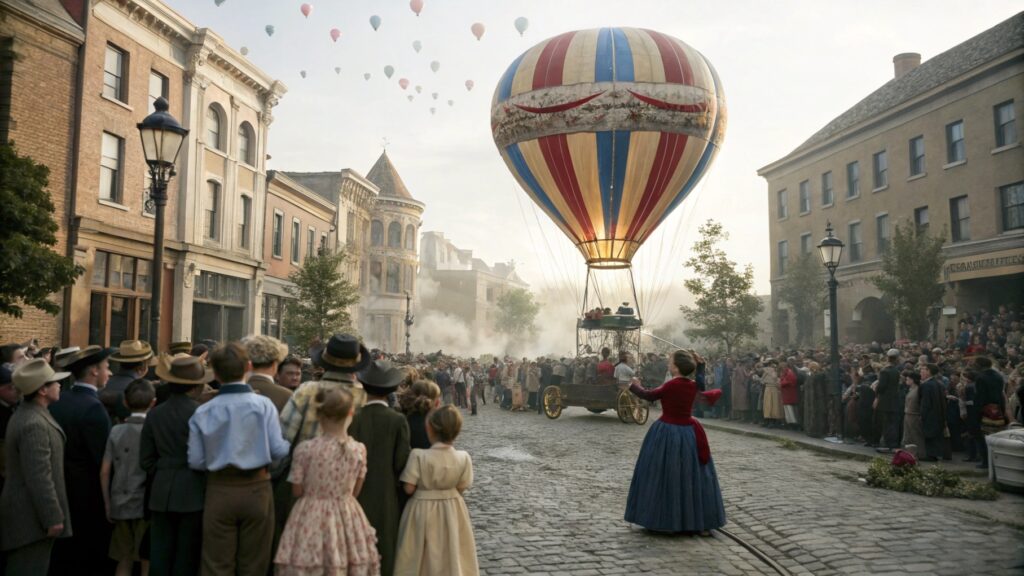
It is important for me to see how products gain acceptance. Just like managing our supply chain, knowing the early market is key. Before they were personal party items, balloons were a public sensation. They debuted at big public events. Think of grand exhibitions. Think of bustling fairs. They drew huge crowds. People loved to watch them float. This was entertainment. This was novelty. This made balloons famous. This public display paved the way. It showed people how joyful balloons could be. People saw balloons. They wanted them for their own events. This slowly moved balloons into private parties. This shift was important. It made balloons a must-have for any celebration. This is how balloons found their place. They went from a scientific tool to a public marvel. Then they transformed into a beloved party item.
| Location Type | Earliest Use Examples | Reason for Early Adoption |
|---|---|---|
| Public Exhibitions | World's Fairs, industrial expos | To demonstrate scientific progress, attract crowds. |
| Fairs and Carnivals | Traveling shows, amusement parks | As novelties, entertainment, and visual spectacles. |
| Circuses | Part of grand performances and acts | To add spectacle and wonder to the shows. |
| Parades | Large-scale public processions | For decorative effect and to symbolize festivity. |
| Private Social Events | Wealthy parties, royal celebrations | As luxury decorations after public exposure and access. |
Conclusion
Balloons began as scientific tools in the early 19th century. Through innovation in materials and production, they transformed into essential party decorations. Their journey from lab to widespread celebration highlights their enduring appeal.
-
Learn about the original scientific applications of balloons, which paved the way for their festive use in celebrations. ↩
-
Explore the fascinating evolution of meteorology and its unexpected link to party balloons, enriching your understanding of both fields. ↩
-
Discover how scientific curiosity sparked the invention of balloons, transforming them from tools of research to symbols of joy in celebrations. ↩
-
Explore the fascinating history of lighter-than-air flight and its impact on balloon development, revealing how science shaped celebrations. ↩
-
Explore the fascinating history of hydrogen balloons and their evolution from scientific tools to celebration icons. ↩
-
Uncover the journey of balloons from scientific tools to beloved symbols of celebration and joy. ↩
-
Explore how scientific discovery shaped the evolution of balloons from tools for research to symbols of celebration. ↩
-
Learn about the revolutionary process that made balloons more accessible and fun for everyone. ↩
-
Explore how material innovation has transformed balloon production, making them more durable and affordable for everyone. ↩
-
Discover the significance of visual appeal in balloons and how it enhances their desirability for celebrations. ↩
-
Understand the role of balloons in cultural events and their evolution into symbols of joy and celebration. ↩
